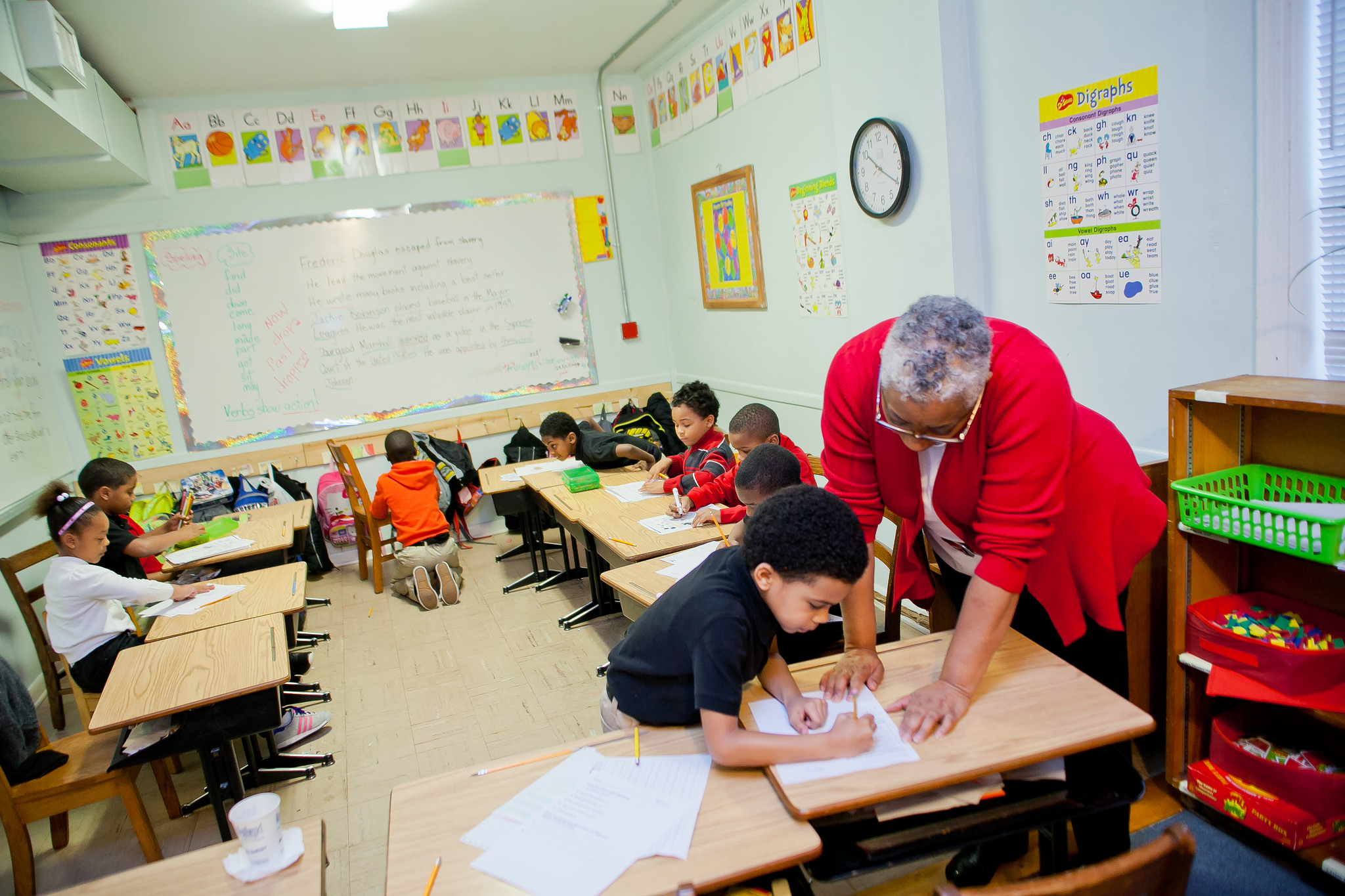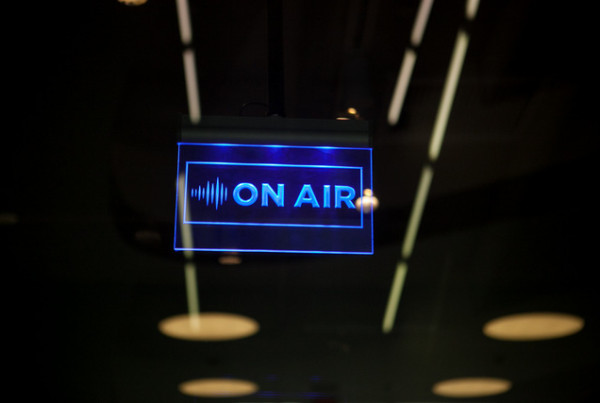This story originally appeared on KERA News.
The report compares students who go to traditional public schools and charters based on something called “days of learning.” And what it finds is that by the end of a school year, kids who go to charter schools end up the equivalent of 14 days behind in reading and 29 days behind in math.
Stanford’s Center for Research on Education Outcomes, or CREDO, crunched the numbers for five years from the 2007-2008 school year to the 2012-2013 school year. David Dunn, executive director of the Texas Charter Schools Association, said there is some good news.
“In fact, in the last year of the study, the CREDO report finds that the charter schools have eliminated the gap in reading and closed the gap in math by more than a half, so we’re very pleased with that progress,” Dunn said.
Christine VanDonge, a senior research analyst with CREDO, wrote the study. She pointed to progress for poor students, those in special education, and those whose first language isn’t English.
“Particularly for English language learners, we see that charter school students who are English language learners have an advantage over their traditional public school peers,” VanDonge said.
Why is that? Dunn, the charter schools representative, thinks those schools create high expectations for students. The other reason, he said, is that some of these charter schools are in economically disadvantaged neighborhoods.
Still, the report notes that black and Hispanic students in charter schools under perform. Dunn said that’s not acceptable.
We don’t think we ought to be achieving equal education outcomes,” Dunn said. “We think we ought to be achieving better educational outcomes for these parents and kids who made choices to attend charter schools in Texas.”
And that means better outcomes for students who live at the bottom of the financial ladder. The study finds that compared to traditional public schools, charters have more poor kids and more minority students.














